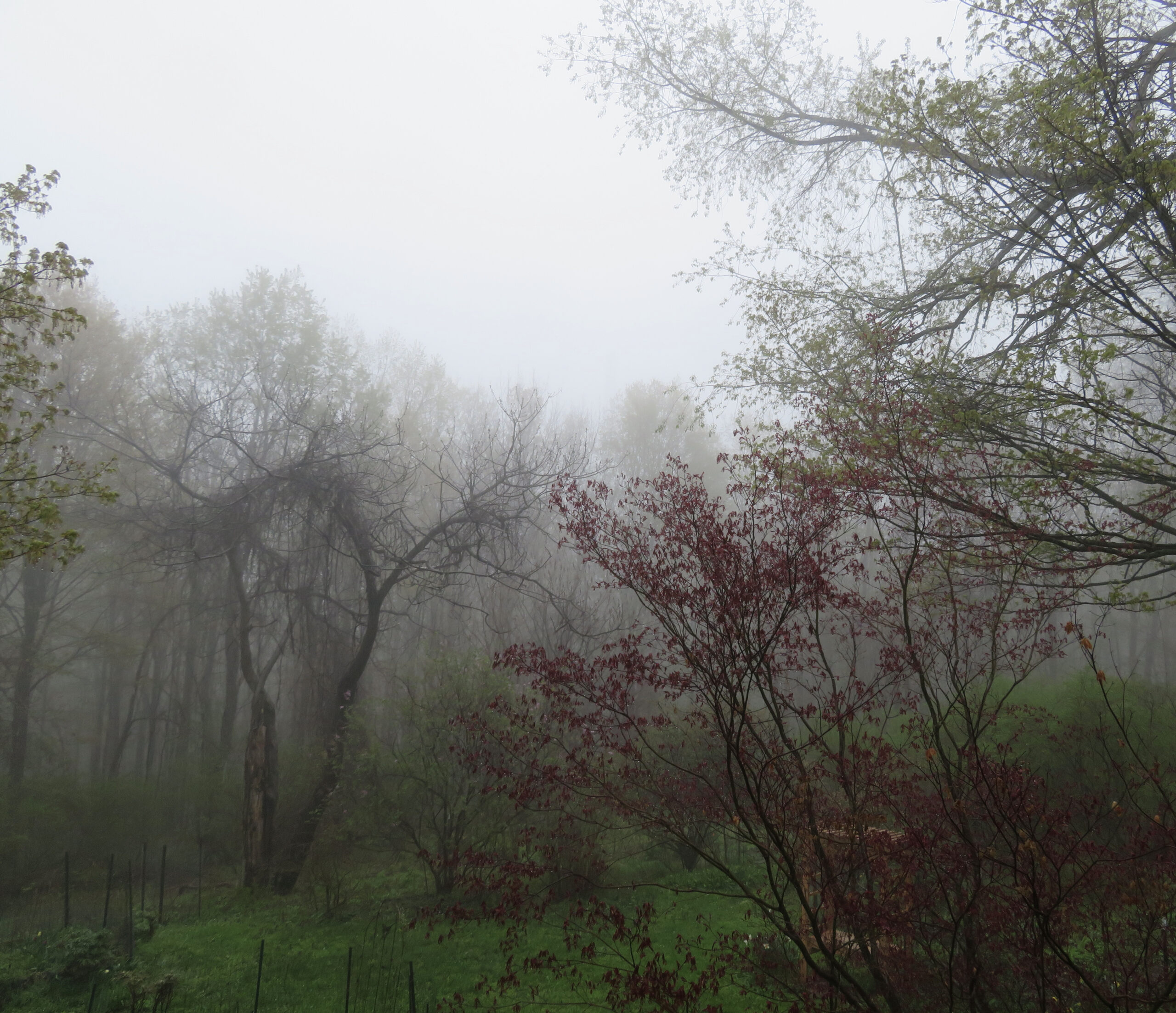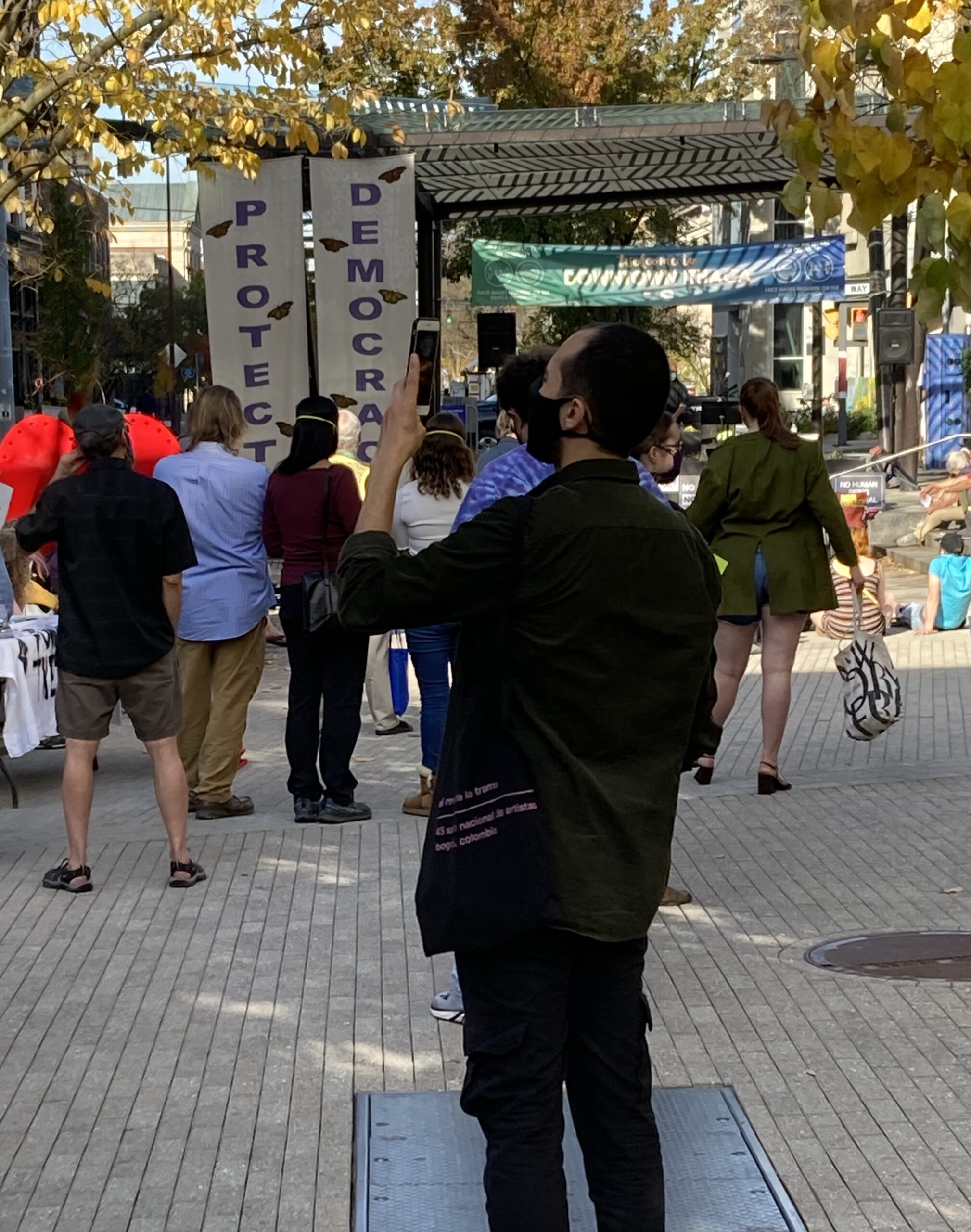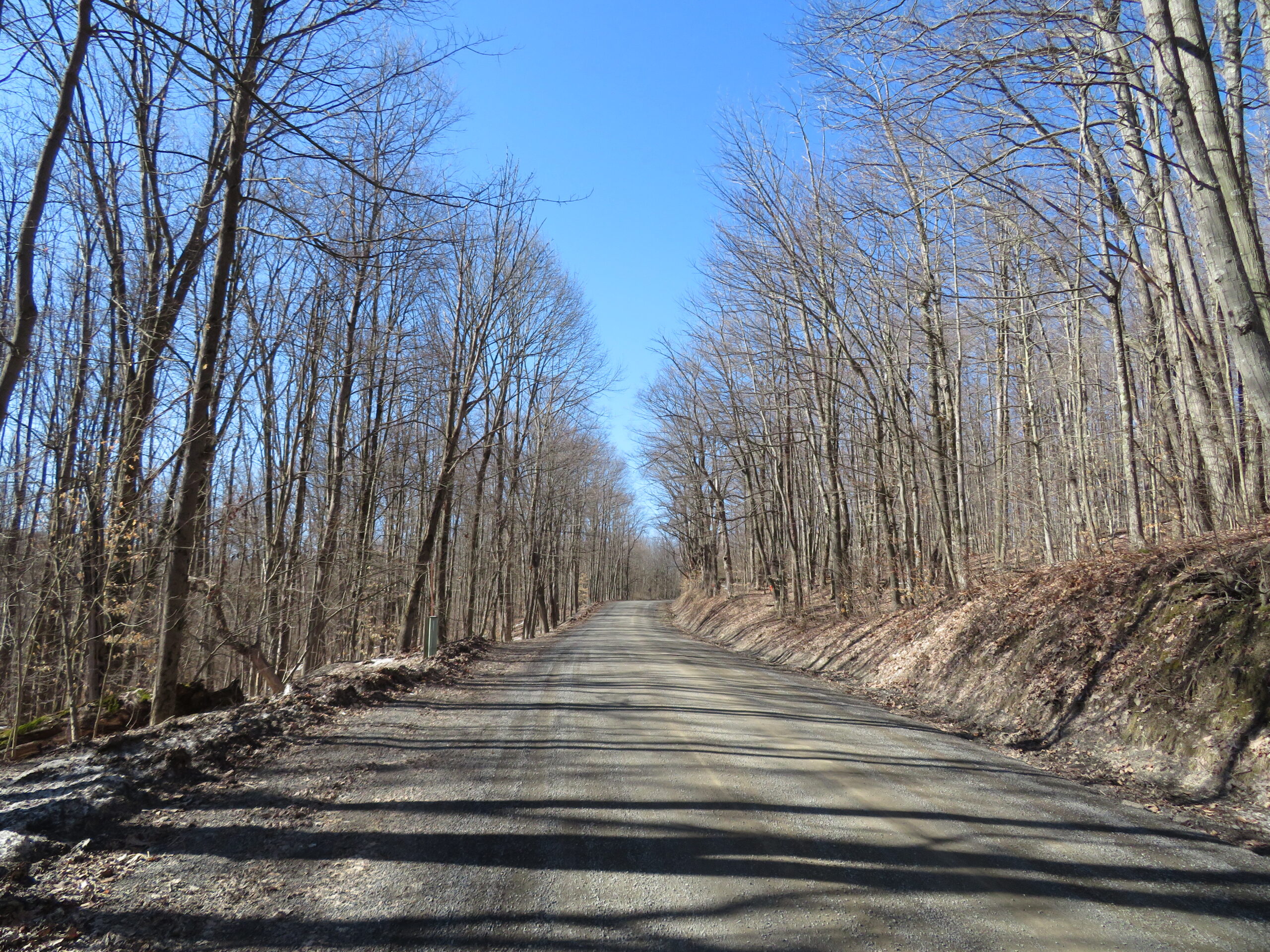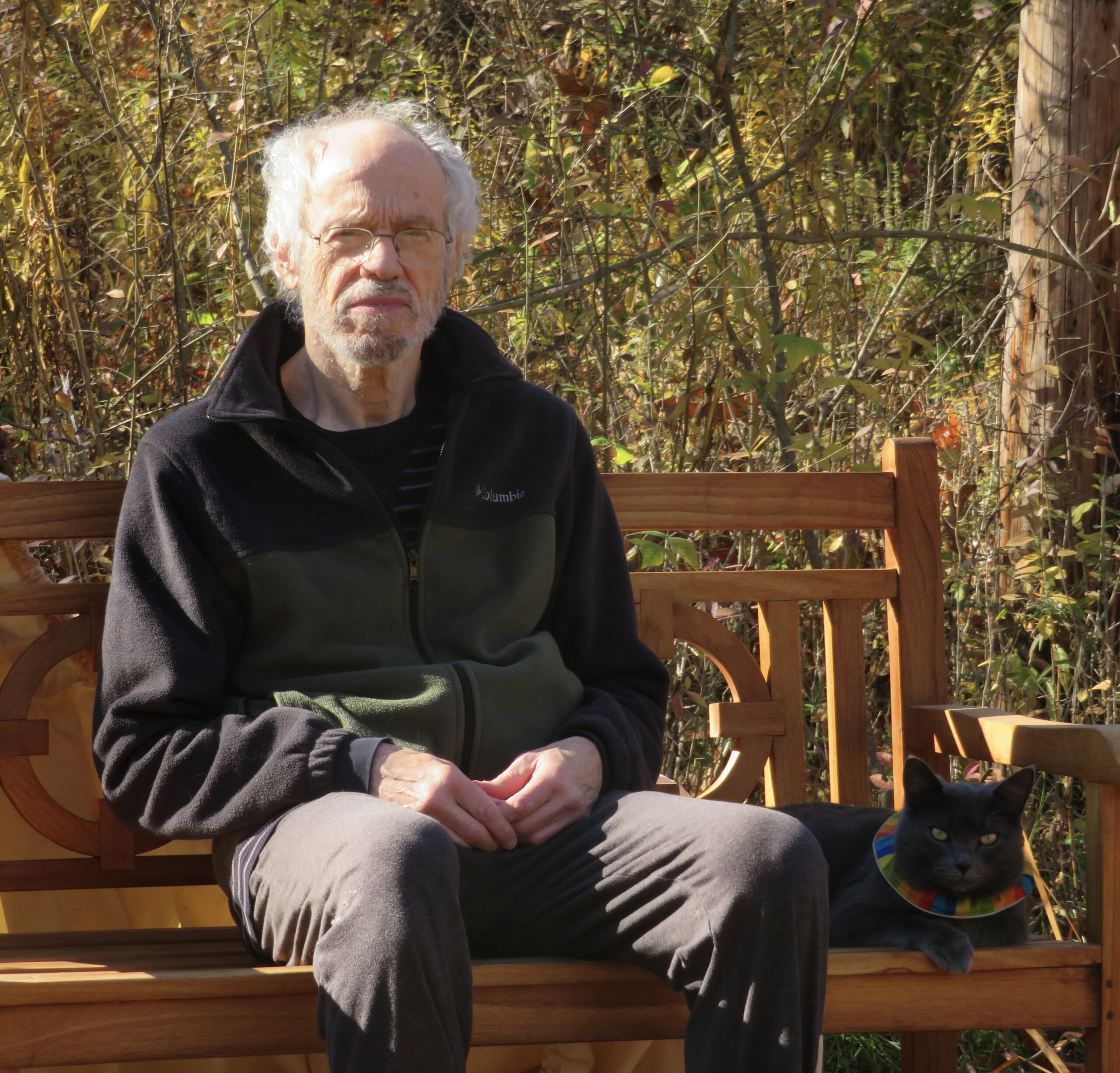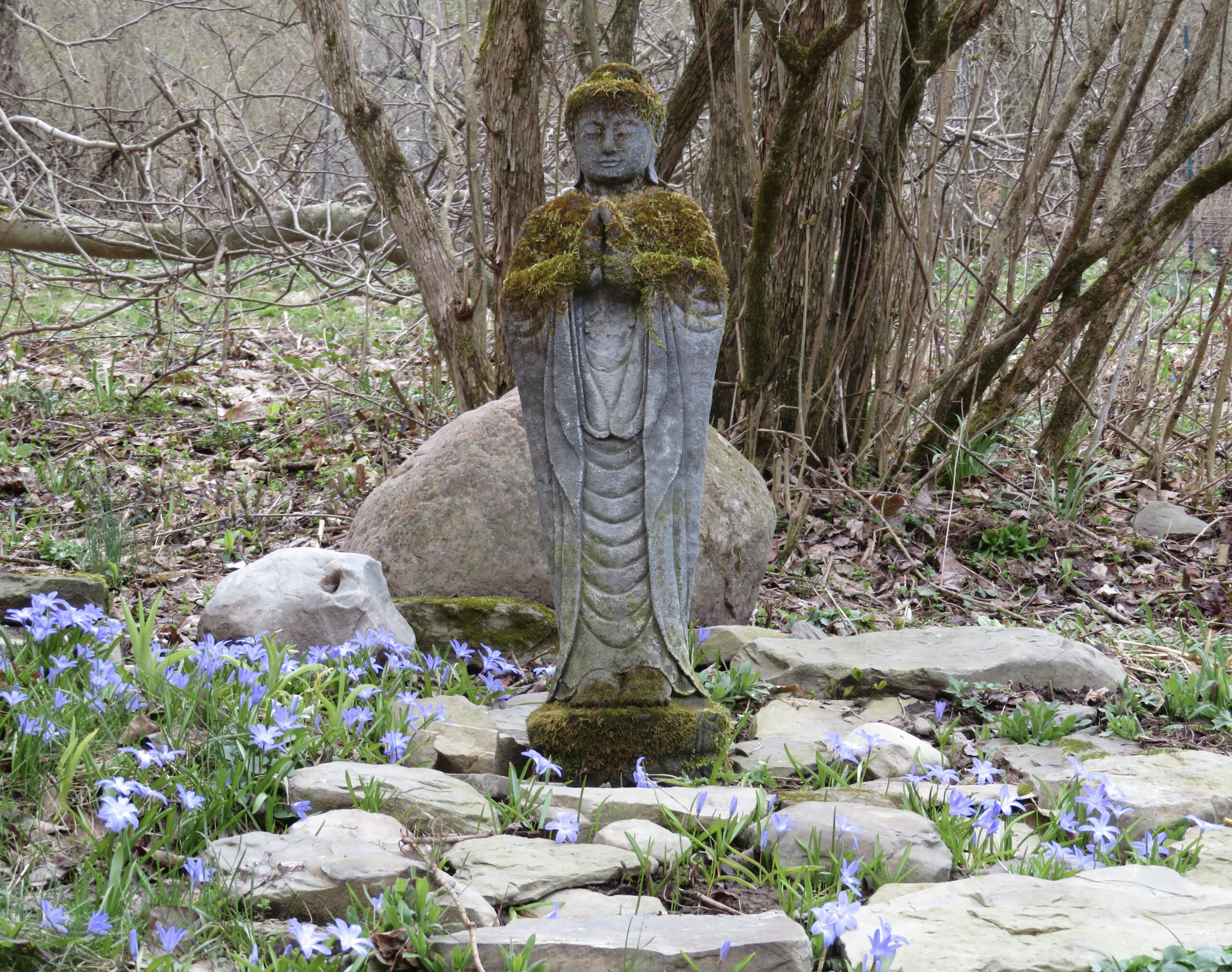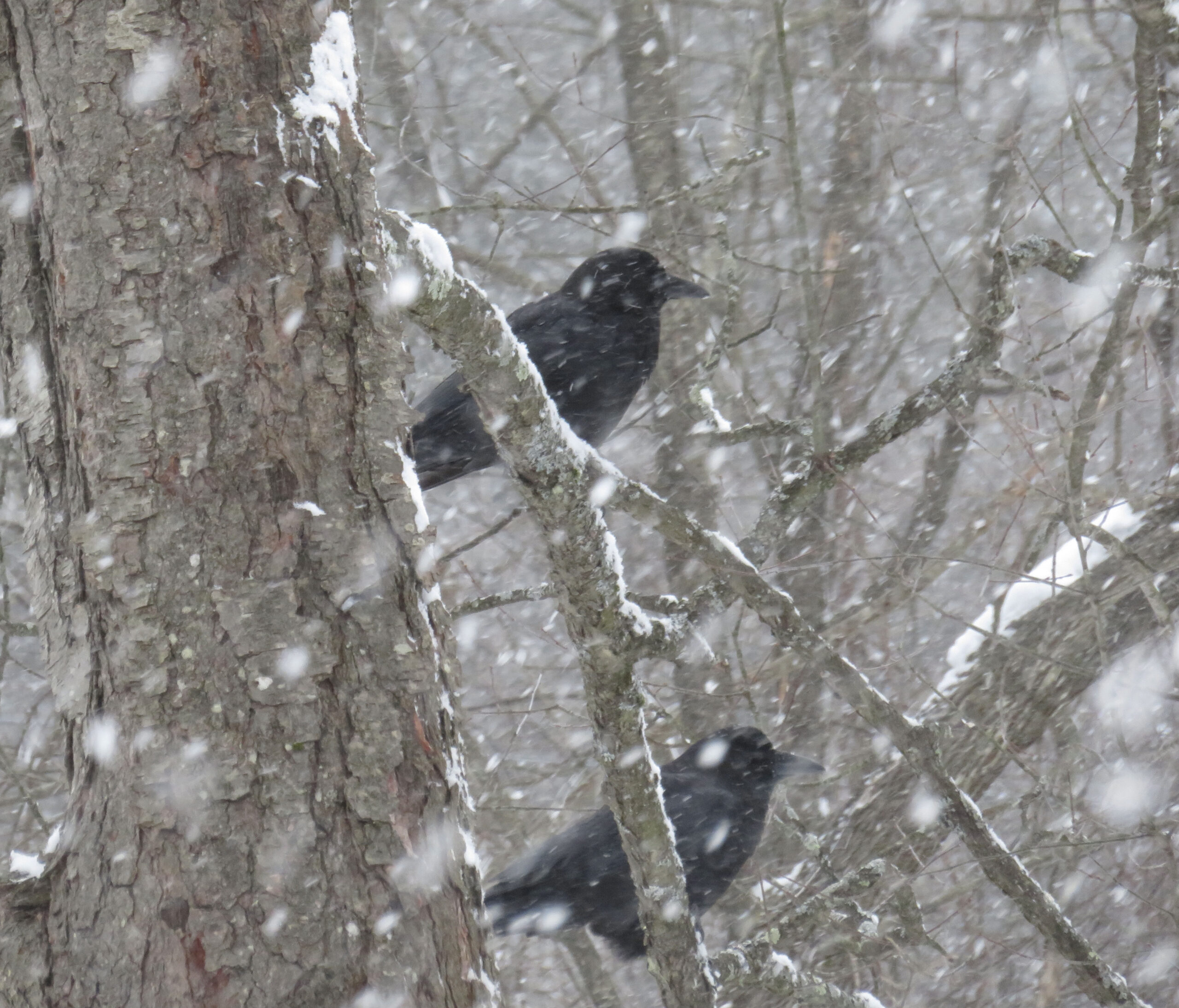When I listen to the news, I still find myself ready to cringe. We’ve grown used to one attack, one shock after another, continuing assaults on our lives or humanity. It’s been such a relief since President Biden was inaugurated. But the trauma of 4 years of DT, culminating with the domestic terrorist attack on January 6th and his escape from being prosecuted in the Senate for his role in inciting that attack will not go away easily.
This is partly because the threat is still here. The politics of hate is all still here. We face a domestic terrorist movement built on hate, lies and a grievance mentality that have walled off about one third or more of this nation from the truth. As Bill Moyers put it, “a democracy can die of too many lies.”
And we have a mutating virus that has killed over half a million people. Ken Burns said that we face three viruses: COVID-19, white supremacy, and misinformation.
An article by Jeremy Adam Smith from the Greater Good Science Center talks about how to recover from the trauma of the Trump years and the pandemic. These last four plus years have been extremely traumatic, especially 2020. What we face now is grief. We grieve not only the lives lost due to the virus and DT’s malignant mismanagement of it, but the loss of hope, sense of security, and the activities and contacts that sustained us. Many of us have lost our livelihood and home.
And we can’t simply let go of grief. Smith quotes psychologist Frederick Luskin, who said, “When we lose something, human beings have a natural reintegration process, which we call ‘grief.” We must integrate it, feel it, suffer it, and understand both the fact of the loss and how we feel about it.
We can ignore it for only a short time. We have gone through hell. “January 6 happened, and it can never unhappen. COVID-19 happened. At this writing, 466,000 Americans are dead, and they will never come back.“ “The research says that people who go through horrible experiences but keep it to themselves suffer more, not less.” Sharing the load with others can help lighten the load. Caring, compassion for ourselves and others will lighten the load. Recognizing how the trauma has affected us can change so much for us all. But even more is needed, more ways of speaking.
The DT and GOP attack on our rights and freedom has been building since Ronald Reagan said in his first inaugural address, “Government is not the solution to our problem. Government is the problem.” Fareed Zakaria, in his book Ten Lessons for A Post-Pandemic World says anti-Federal feeling and distrust in centralized government is in the DNA of this nation and Reagan re-invigorated that sentiment. After all, the American Revolution was a revolt against a King.
But Reagan also re-invigorated a concentration of wealth and power in fewer and fewer hands. So his assault on government actually was a masked assault on democracy. It was an assault on the power of the people in favor of the power of the few, the rich. It was in favor of people who want to be kings⎼ or dictators. Or who want a dictator to rule.
This anti-federal feeling also led many people to not participate in government. In 2020, we had the highest rate of citizen participation in recent history, 66.7% of eligible voters voted in the presidential election. This was the best turnout since the early 1960s. That means that even in this most meaningful and contentious election, about one-third of adult Americans didn’t (or weren’t allowed to) vote⎼ or speak. According to the Pew Research Center, the U. S. is 30th out of 35 developed democratic nations in terms of the percentage of people who voted in recent years. Since voting is the primary voice of the people, we were censored by ourselves or our government.
Our representatives are supposed to represent the interests of all citizens, but they don’t always do that and we’re in trouble if we think of democracy as letting our representatives do all the governing for us. Nor can we allow the GOP to win by preventing us from voting. For example, the lawyers for the Arizona GOP in a Supreme Court case admitted recently that without suppressing the vote, they lose.
Many of us hope and/or expect President Biden will get pandemic relief passed, protect voting rights, re-build infrastructure, re-structure health care, free young (and older) people from overwhelming debt from schooling, end Global Warming⎼ and end the concentration of wealth in the hands of the few, end the concentration of privilege and power in the white, rich and male (that has existed ever since, or before, our nation’s founding). Do we intend to hold him responsible if it all doesn’t happen, and quickly? Or hold democracy itself responsible? The GOP would love that.
On FB recently there was a meme saying, basically, “Why did we elect Biden if he can’t even get us a guaranteed minimum wage of $15 an hour?” Why? We know why. Four years of DT is why. Just look at how Biden is managing the pandemic. Despite all the challenges, he is assuming responsibility, one thing DT never did, and doing it with compassion and competence, while recognizing the need to fight inequities in our health care system and government.
Biden is a president, not a dictator or wannabee dictator. To pass the New Deal, F. D. R. needed not only Congressional action but the support of the people. And in February the research firm SurverMonkey reported 72% of Americans supported not only pandemic relief but most of Biden’s recovery plan.
But as Fareed Zakaria pointed out, our legislative system only works when there’s a willingness amongst our representatives to work cooperatively and to compromise. This isn’t the situation today. The GOP have made cooperation almost impossible. 147 of the GOP in Congress voted to overturn the 2020 election and a few still refuse to recognize that Biden won. Some even assisted in or supported the 1/6/21 assault on our nation, assisted in an attempt at a coup. They are a coup itching to happen.
We are still recovering from DT and we need a break. But the forces lined against Biden are powerful and desperate. So, let’s support his efforts while pressuring him to foster policies that sincerely meet our needs. We have a new administration that is more inclined to listen to us and do what serves us, so let’s take advantage of this opportunity. Led by Black Lives Matter protests against the murder of George Floyd, racist policing, and the policies of DT, Americans created the biggest sustained protest movement in modern American history. Millions of voices together can help turn this system around.
As we take responsible action to change the state of the nation, to make calls to Congress and find other ways to speak, we consequently act to overcome the trauma of DT and change the state of our hearts and minds.
**This post was syndicated by the Good Men Project.


